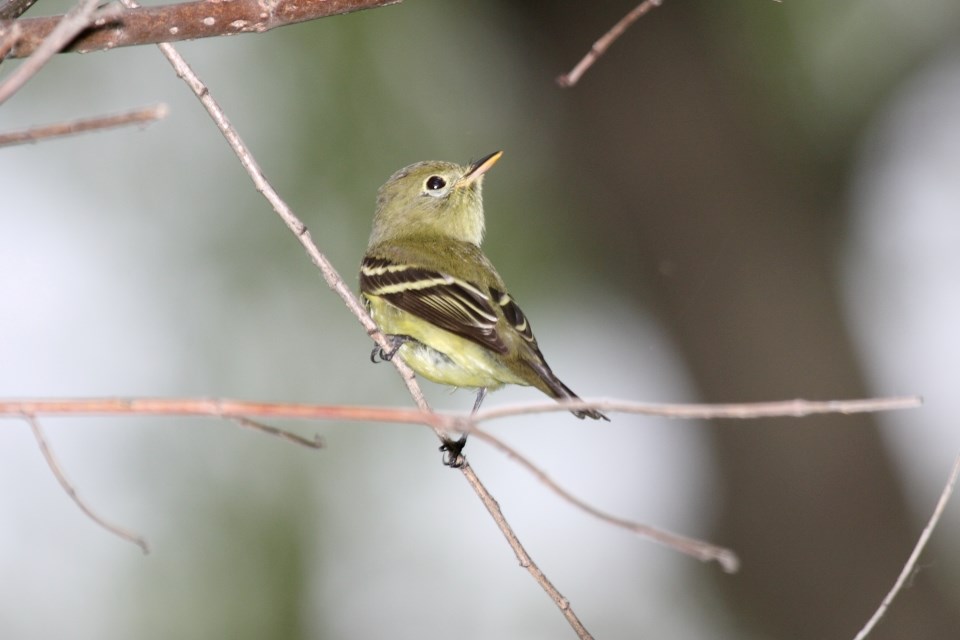Last updated: August 13, 2020
Thing to Do
Birding the Western Mountains


Dominic Serony, Public Domain
The Western Mountains of Acadia National Park is a large area that includes the summits and trails leading to Bernard Mountain and Mansell Mountain. Three gravel fire roads traverse this area and are open to biking, walking, and driving: Seal Cove Road, Western Mountain Road, and Long Pond Fire Road. This large area can be covered with varying itineraries which adds to the unique birdwatching experience in this section of Acadia National Park.
Throughout the summer months any of the hiking trails leading to Bernard Mountain or Mansell Mountain, but especially the Great Notch Trail and Bernard Mountain Trail, offer great opportunities to see breedingDark-eyed Junco, Northern Parula, Golden-crowned Kinglet, Black-throated Green Warbler, White-throated Sparrow, and Blue-headed Vireo. Additionally, keep an ear out for any Red Crossbill or White-winged Crossbill, these nomadic species are often reported flying over in flocks of about 10.
Along Western Mountain Road, Seal Cove Road, and Long Pond Fire Road are small wetlands and ponds surrounded by spruce-fir stands that provide ideal habitat for Yellow-bellied Flycatcher, Bay-breasted Warbler, Cape May Warbler, Magnolia Warbler, Tennessee Warbler, Black-throated Blue and Swainson’s Thrush from May until September. These gravel roads can be covered by grabbing your binoculars and your bike or parking in a designated area and walking the roads, although be careful for bikes and cars also using these multi-purpose roads.
A good loop recommendation for covering these roads and giving yourself the best chance to see the mentioned species is parking at Bald Mountain parking area and following Western Mountain Road north then east until you see a sign to connect with Seal Cove Road. Follow Seal Cove Road west and loop back to your car. The loop is roughly 3.2 miles and takes you past small wetlands and ideal spruce-fir habitats that host the whole range of likely breeding birds in this area of Acadia National Park.
Notable Acadia Species: Northern Goshawk, Evening Grosbeak
